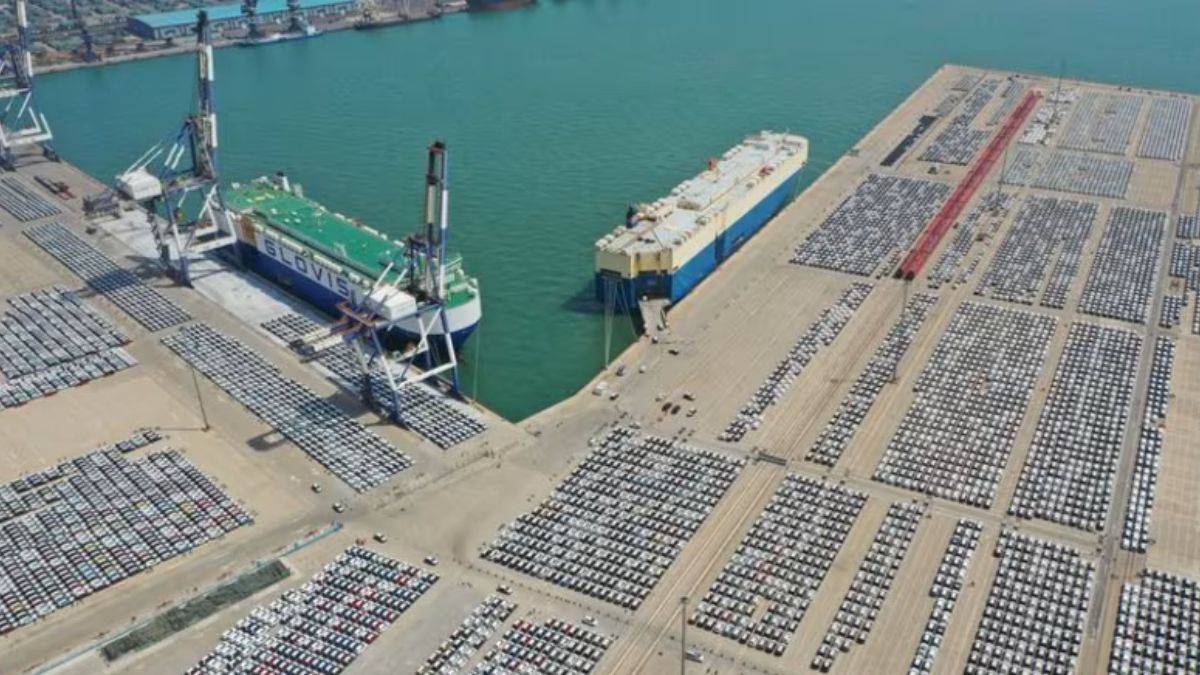 Image Credits - China Daily via Reuters
Image Credits - China Daily via Reuters
In the bustling city of Taizhou, China, Kris Lin, owner of a lighting factory, faced a critical dilemma when he received the first overseas order of the year from a close client. The decision was sharp: either accept the order at a loss or risk telling workers not to return after the Lunar New Year break.
With plans to restart his factory at around half its capacity post the Feb 10 to Feb 17 holiday break, he articulated the delicate balance entrepreneurs like him are trying to maintain in the face of prolonged factory deflation. The stakes are high, with the potential loss of clients endangering not just profit margins but also the livelihoods of countless workers.
The issue at hand revolves around the relentless price wars engulfing smaller Chinese exporters. The continued fall in producer prices, extending over 15 consecutive months, has aggravated the challenge, squeezing profit margins to a risky point. As higher interest rates abroad and accelerating trade protectionism contribute to shrinking business demand, the survival of these smaller enterprises hangs in the balance.
The compounding economic challenges faced by China, which include a property crisis and a debt crunch, add further complexity to the situation. Industrial output and jobs are now at risk, putting around 180 million people employed in export-related jobs, according to 2022 commerce ministry data, in a risky position.
Fixing deflation should become a higher policy priority than achieving the expected growth target of 5% for this year, asserted Raymond Yeung, the chief China economist at ANZ. He also added that if companies cut product prices, and then staff salaries, then consumers would not that could be a vicious cycle. At the industrial firms in China, profits fell at least 2.3% the preceding year. This adds to the drop of 4% in COVID – hit 2022. As mentioned by an official survey, manufacturing activity contracted for straight four months in January, however, export orders shrank for the 10th month.
Analysts said that when there is sluggish export, policymakers are required to pull other levers to achieve their growth target leading to an increase in urgency of stimulating household consumption. The Asia-Pacific chief economist at S&P Global, Louis Kuijs asserted, “The more rebalanced growth is, the faster that downward pressure on prices and margins will dissipate.”
As Chinese exporters navigate these turbulent economic waters, the government faces increasing pressure to implement measures that address the root causes of factory deflation. The delicate balancing act between maintaining international competitiveness and protecting domestic industries becomes more important than ever.
